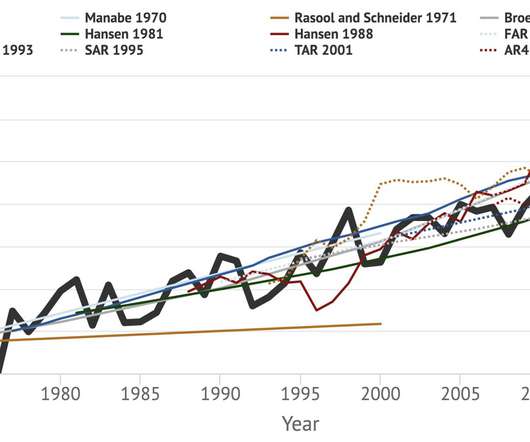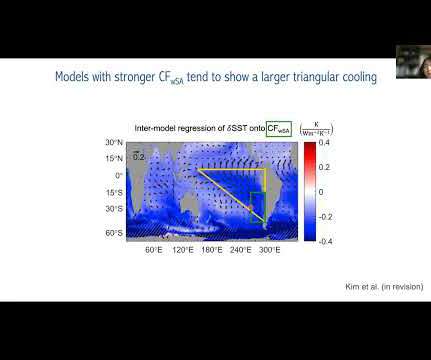A Nobel pursuit
Real Climate
OCTOBER 12, 2021
The key aspects were the inclusion of water vapour feedback as temperatures increased, and the use of ‘convective adjustment’ to maintain stability of the lower atmospheric column. The basic issue stems from the different timescales of the ocean and atmosphere. But let’s go back to the beginning.












Let's personalize your content